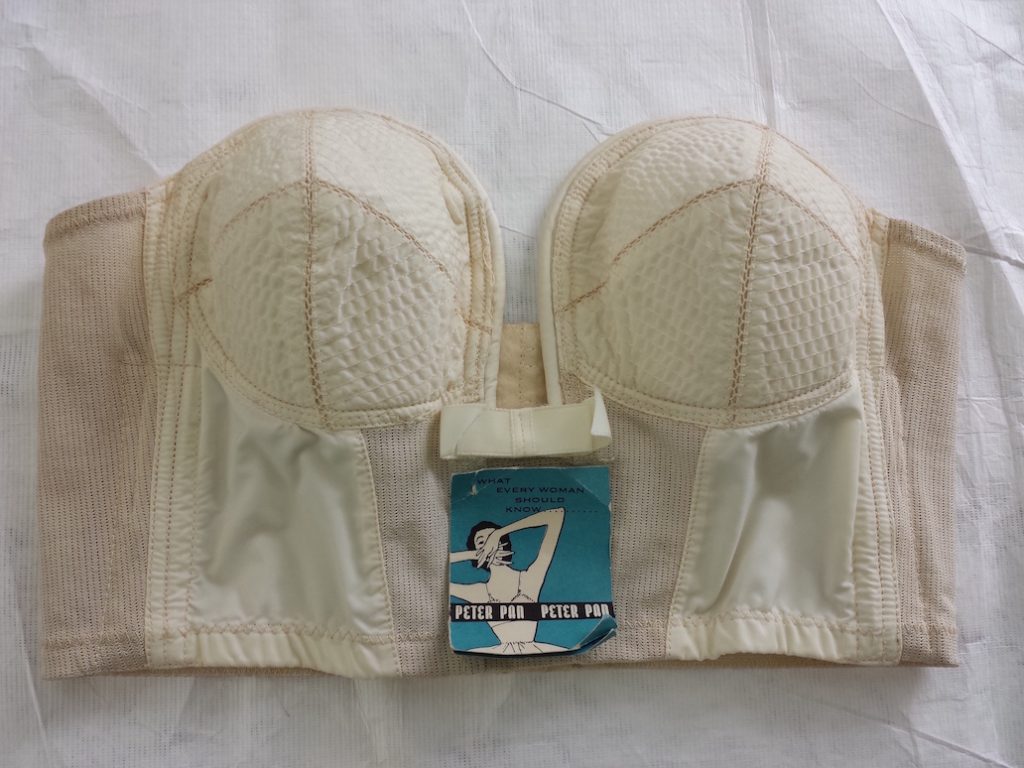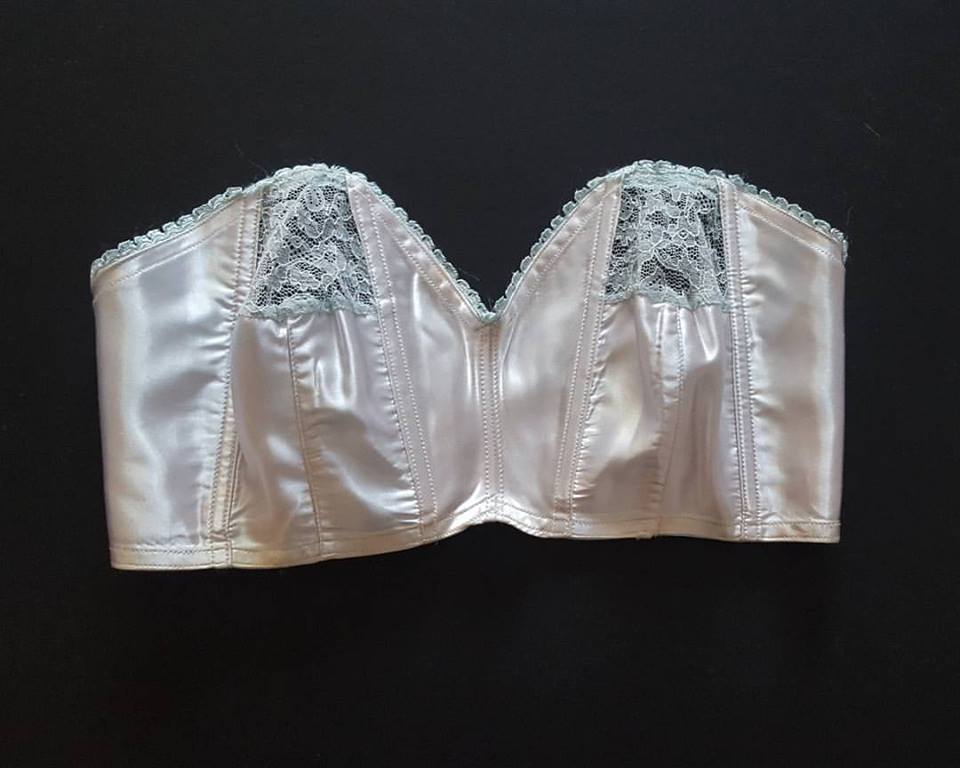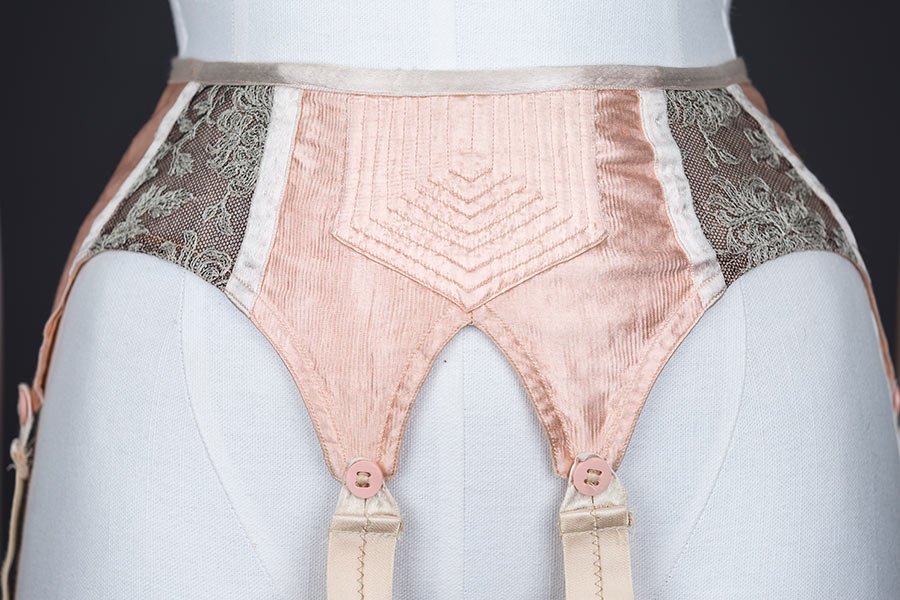Why I Got Involved In The Underpinnings Museum
I first met Karolina back in 2013, when I went to be fitted for a bespoke lingerie set that she was making for me. After we checked the fit and discussed fabric options, Karolina asked if I would be interested in seeing her vintage lingerie collection. As I had just started my second year of a part-time Master’s degree in fashion history and fully intended to write my dissertation on something underwear related, I jumped at the chance to get a close look at some of the intricate Victorian, Edwardian and early twentieth century foundation garments that she owns.

After I finished my MA, the collection of bras I had amassed during my research sat in a box in my wardrobe, only coming out when visitors declared an interest and even then they usually weren’t quite as interested in bra history as I was. I therefore decided to donate my collection to an archive so that historians and fashion design students could use them as part of their research. Sadly, only those who can make an appointment to visit London on a weekday are able to see the objects as it has not been possible so far to document them, via text and image, for an online resource. This is one of the problems with collecting – how do you share your collection with other people who might love it as much as you do?
Earlier this year, I saw Karolina tweeting about having looked into the complicated logistics and exorbitant expense involved in setting up a physical lingerie museum. As she exclaimed that “it’s a shame online museums aren’t a thing”, I remembered that costume makers Cosprop had been awarded lottery funding to photograph the founder John Bright’s historic costume collection for an online exhibition, so I directed Karolina to their Twitter account. Before long, I received an excited message from her about the (much lower!) costs of setting up an online resource and possibilities of crowdfunding, which was the first of many discussions we had about a project that later became known as The Underpinnings Museum.

I was keen to be a part of the team behind this exciting project because sharing the many facts I’ve discovered about underwear history is one of my favourite things to do. Also, documenting Karolina’s wonderful collection means that I will be able to browse through it from the comfort of my own home and will be able to make connections with the research I have done on underwear in archive collections across the UK – the Symington Collection, the M&S Company Archive and the Museum of London – without the time and money needed for travel and accommodation. Other lingerie obsessives and fashion students across the world will also be able to get a glimpse into a version of the past that is usually hidden from view in archive boxes.

Photography by Tigz Rice Studios
Although there have been many exhibitions on the history of underwear in recent years – and I was lucky enough to visit three of them in Paris, New York and London – for those who are unable to attend in person, an expensive book is often the only way to see some of the objects. Even then, you usually just get a single view with no option to look at the back, the inside, the label or the details in the embroidery. I hope that The Underpinnings Museum inspires many people to research, write, draw, design and sew underwear. I’m sure it will not just be my own research that benefits from this uniquely accessible resource.
